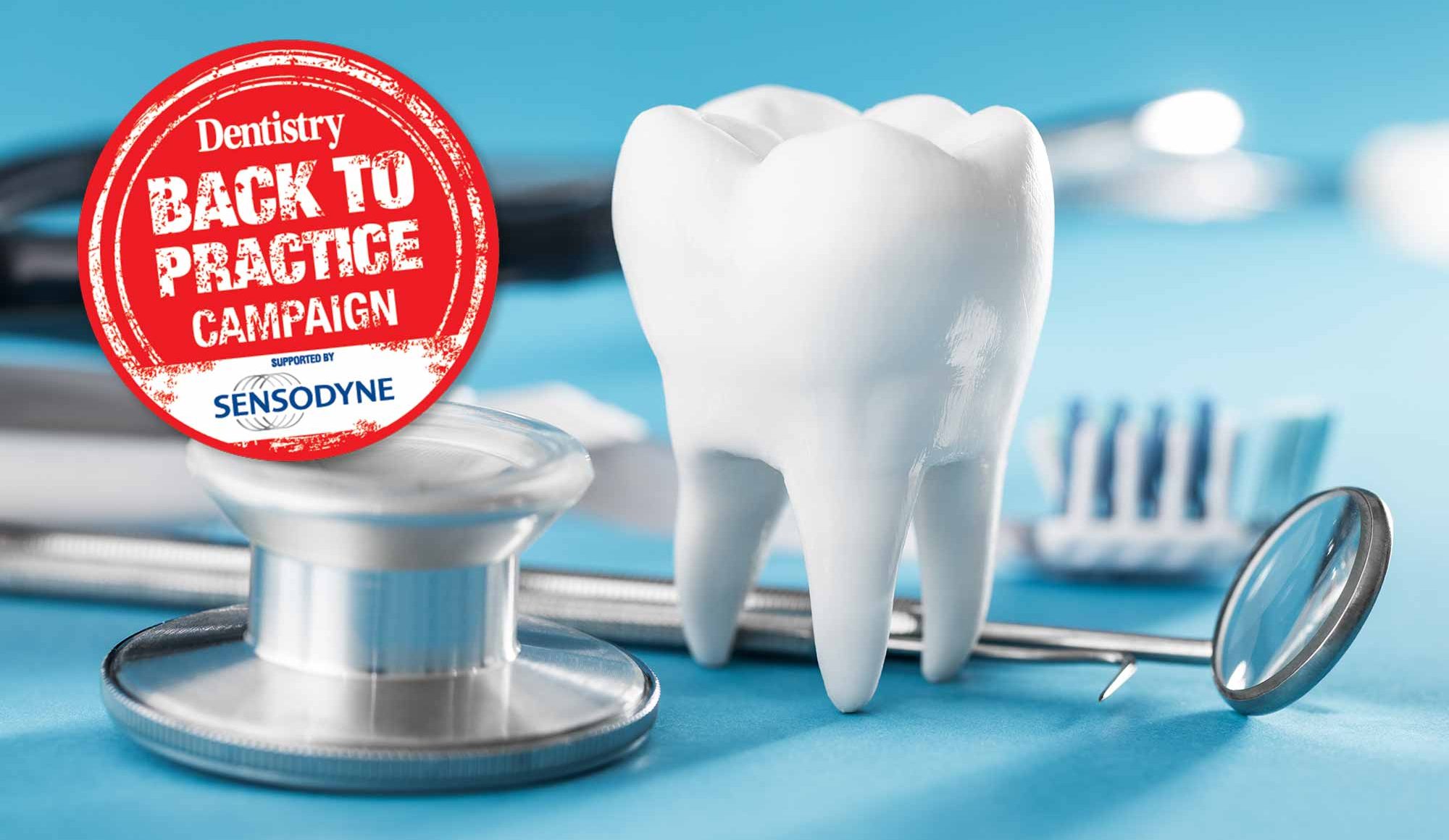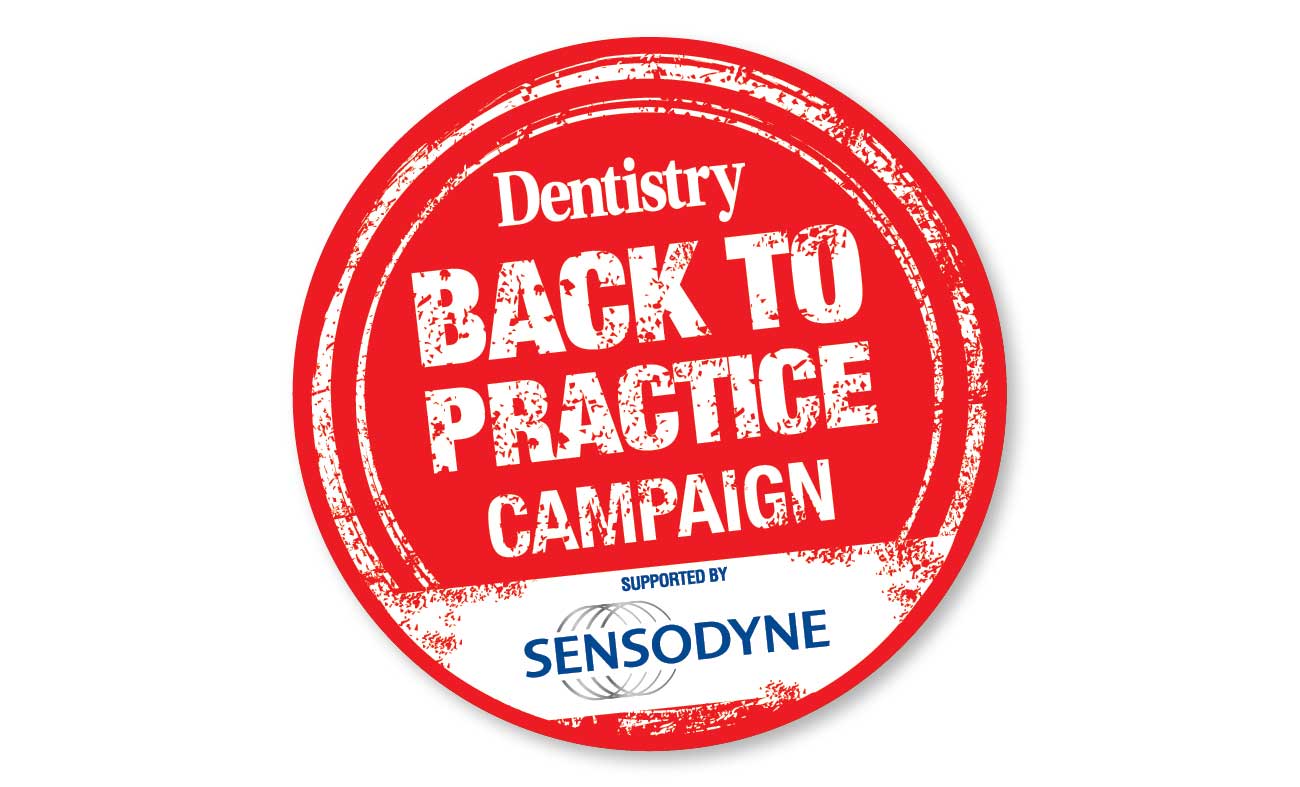 The CDO for England has released a date for dental practices to reopen – as well as information instructing the profession how to prepare.
The CDO for England has released a date for dental practices to reopen – as well as information instructing the profession how to prepare.
In the latest update for the dental profession, Sara Hurley has unveiled a number of preparation measures for practices to consider as they prepare to head back to work.
She is asking that all dental practices reopen on Monday 8 June 2020. They must have the necessary IPC and PPE requirements in place.
The sequencing and scheduling of patients for treatment as services resume should take into account:
- The urgency of needs
- The particular unmet needs of vulnerable groups
- The available capacity to undertake activity
The letter states: ‘Progression to resumption of the full range of routine dental care will be risk-managed by the individual practice and can include aerosol-generating procedures (AGPs), subject to following the necessary IPC and PPE requirements.
‘Dental practices should also take steps to risk assess their workforce and take commensurate actions.’
The guidance states the latest information ‘is intended as a prompt to prepare, designed by dental practitioners for use in primary care settings.’
Patient flow and practice layout
This should be arranged to comply with social distancing measures throughout the practice.
- Measures to separate and minimise patient numbers in practice at any one time
- Establishing single entry and exit points for patients, making sure alcohol-based hand gel is available for use
- Locate areas that could be used as stations for donning and doffing PPE.
Communal areas
Reception:
- Consider fitting physical barriers, such as perspex shields
- Allow for 2m distancing, ideally marked on the floors
- Consider measures to limit patient presence at the reception area
- Set up contactless card payment where possible
- Consider the provision of single use pens or ask patients to use their own.
Toilets:
- Provide products for cleaning and disinfection
- Make paper towels available
- Make visible hand washing signage.
Waiting areas:
- Remove unnecessary items, such as magazines, toys and tv remotes
- Consider measures to limit the use of waiting areas. For example, protocols for patients to wait outside until the time of their appointment
- Space chairs 2m apart, ideally marked on the floor
- Make hand hygiene and toilet hygiene posters available.
Supplies
- Check stock
- Check process for future procurement (contact contracted suppliers)
- Order appropriate and additional supplies that reduce the spread of COVID-19 in advance
- Consider availability of PPE fit-testing.
Equipment
- Adhere to good practice to maintain equipment
- Refer to manufacturers’ guidance, HTMO1-05 and CQC guidance
- Refer to the guidance of the Faculty of General Dental Practice (UK) in closing and reopening dental practices.
Training
- Consider additional training for dental staff. This could include rubber dam placement, four handed technique, donning and doffing of PPE and decontamination.
Staff screening
- Consider screening staff on their return to work and on a daily basis thereafter
- Establish a risk assessment for staff to protect them and identify potential COVID-19 cases. Questions should be asked in line with the case definition for COVID-19 as part of this
- Consider a staff screening log to help maintain screening records.
Health and wellbeing
Consider the following:
- Planning for workplace return on up to date PHE COVID-19 guidance
- The Health and Safety Executive guidance on COVID-19
- Information for staff to reduce the risk of transmission
- Assessing the potential impact of lockdown on staff and look into management options
- Guide staff to health and wellbeing resources
- Risk assessment and risk reduction framework.
Work rota
- Identify the availability of staff, including any capability or capacity shortfalls
- Consider increased sickness/absence, staff with childcare requirements or vulnerable households, redeployment, staff of an increased risk and annual leave commitments
- Ensure social distancing measures are in place in staff areas and facilities.
Patient communications
It is worth considering how new ways of working will be communicated with patients. Consider the use of:
- Information posters within the practice
- Putting together a ‘welcome back’ communication in the form of a letter, email or text. This should be ready to send once national policy allows for practices to reopen.
Patient identification and prioritisation
In anticipation of an approach being agreed, consider allocating patients into one of the following groups:
- Shielded patients
- Patients at an increased risk of COVID-19
- Patients with urgent dental care needs
- Patients who have contacted the UDC system and been triaged
- Patients with incomplete care plans
- Patients with frequent recall according to NICE guidelines
- Patients with routine dental care needs and do not fall into any of the above groups.
Patient journey
Consider the following:
- Review options for appointment scheduling. For example, allowing enough time between appointments to comply with all guidelines
- Review options to undertake remote risk assessment, triage and consultation
- Process for screening patients, including those who are shielded or at an increased risk
- Draft a screening questionnaire for virtual and check-in screening
- Hygiene stations for patients (alcohol-based hand gel before or at each entry point)
- Reception interactions to minimise reception use. For example, digital appointment booking.
Immediate focus
Further guidance will be released. This will cover urgent dental care and alternative (non-AGP) evidence-based care planning.
Dr Hurley said: ‘The temporary cessation of routine dentistry addresses the safety of patients and of dental teams as well as supporting the public health measures required to slow community transmission of COVID-19.
‘The profession’s appreciation of the risks and compliance with the public health measures has contributed to setting the conditions for further easing of lockdown and we can reasonably anticipate the resumption of dental care in all settings, in England.
‘As we transition from the current COVID-19 peak and a continued reduction in risk of sustained community transmission of COVID-19 is maintained our plan for the longer term recovery can commence.
‘The immediate focus is on increasing access for patients and supporting practices as they manage the on-going risks in delivering dental care, notably aerosol generating procedures.’
To read the preparation document, click here.
Scotland and Wales
The CDOs for Scotland and Wales have also released ‘back to work’ guidance – with the latter suggesting a complete return to routine dentistry may not resume until 2021.
The Welsh Government released guidance for a phased return to practice, including ‘de-escalation SOPs’, in a bid to restart primary care services.
It currently suggests routine assessment and care will be completely reintroduced in January 2021.
And Tom Ferris in Scotland released a three-phase plan, focusing on the remobilisation of NHS dental services as the pressures of the pandemic begin to ease.

Find out more about Dentistry’s Back to Practice campaign.


